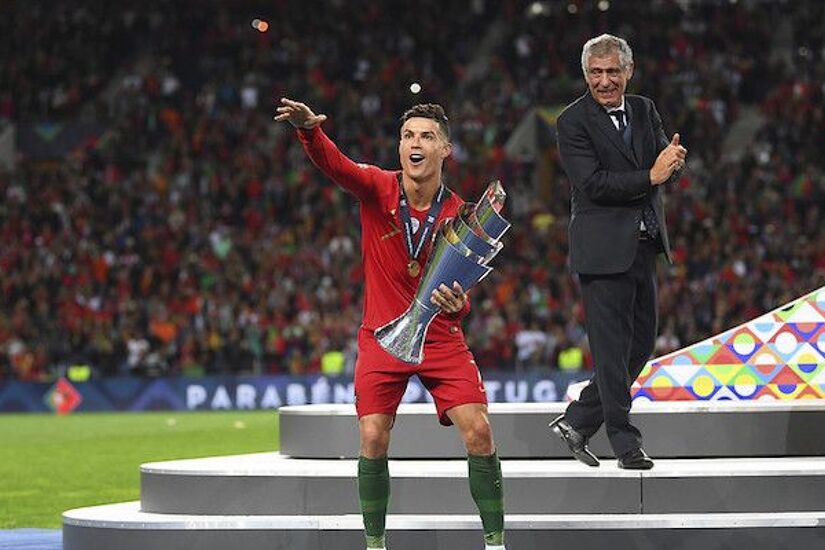UEFA Nations League - It hasn't gone away you know

Credit: Extratime Team (ETPhotos)
While Dave Donnelly might be the extratime.ie expert on the #magicoftheleinsterseniorcup when it comes around to the UEFA Nations League Macdara Ferris is our man who loves nothing more than pouring over the format of UEFA’s least loved competition.
So with the draw for the 2020/21 competition taking place on Tuesday 3 March in Amsterdam (5pm Irish time / 18:00 CET), here is his summary of what to expect in the second running of this competition.
Yes, the UEFA Nations League is back and it is better! Well kinda. The amended format for the competition means that the Republic of Ireland are not playing in the third tier of the competition having finished bottom of their group last time but have stayed in League B. Plus we cannot be drawn against Denmark.
As I said it is better this time around.
League A
This league is made up of four groups of four, with the winners of each group going forward to the finals (semi-final, third/fourth place playoff and final). Those finals will take place in June 2021.
In case you need reminding Portugal were the winners of the inaugural competition. The bottom side in each group will be relegated to League B.
Pot 1: Portugal, Netherlands, England, Switzerland
Pot 2: Belgium, France, Italy, Spain
Pot 3: Bosnia & Herzegovina, Denmark, Sweden, Ukraine
Pot 4: Croatia, Germany, Iceland, Poland
League B
The Republic of Ireland will play in this league thanks to UEFA expanding the groups in this league from three to four teams and hence we managed to hang onto our position in League B.
The winners of each of the groups will be promoted to League A and the teams that finish bottom of their groups will be relegated to League C for the next edition of the competition – due to take place in 2022/23.
The Boys in Green been placed in pot 3 with Slovakia, Turkey and Northern Ireland so we will avoid being drawn against those countries but another series of matches with Wales could be on the cards.
Thankfully there is no possibility of playing Denmark due to their promotion to League A.
Pot 1: Russia, Austria, Wales, Czech Republic,
Pot 2: Scotland, Norway, Serbia, Finland
Pot 4: Bulgaria, Israel, Hungary, Romania
League C
This is another league with four groups of four league. The group winners will be promoted to League B and two of the teams that finish bottom of their groups will be relegated to League D for the next edition.
Play-offs (home and away) will be organised between the four teams that finish bottom of their groups to decide which two will be relegated. Those games will take place in March 2022.
Pot 1: Albania, Georgia, Greece, Montenegro,
Pot 2: Belarus, Cyprus, Kosovo, North Macedonia,
Pot 3: Estonia, Lithuania, Luxembourg, Slovenia,
Pot 4: Armenia, Azerbaijan, Kazakhstan, Moldova
League D
With the expansion of the higher level leagues, the bottom league has shrunk from the last edition. There are just two groups – one of three teams and one of four.
Pot 1: Faroe Islands, Gibraltar, Latvia, Liechtenstein
Pot 2: Andorra, Malta, San Marino
When will the matches take place?
There are six matchdays with all teams playing double fixtures in September, October and November this year.
Are there any weather protocols or political restrictions that make the draw even more complicated?
Unlike in the inaugural competition, the seedings have worked out so that there are no restrictions placed on the draw as there are currently no potential prohibited team clashes, winter venue restrictions or excessive travel restrictions.
Has anything else changed?
Teams in the same group will now all play their last matches on the same day and at the same time kick off time to ‘enhance sporting fairness’.
So just who are the special guests helping out with Tuesday’s draw?
The League A group winning countries from last time are supplying the famous former footballers to do the draw:
Luis Figo (Portugal), Philippe Senderos (Switzerland), Rafael van der Vaart (Netherlands) and David Seaman (England)

